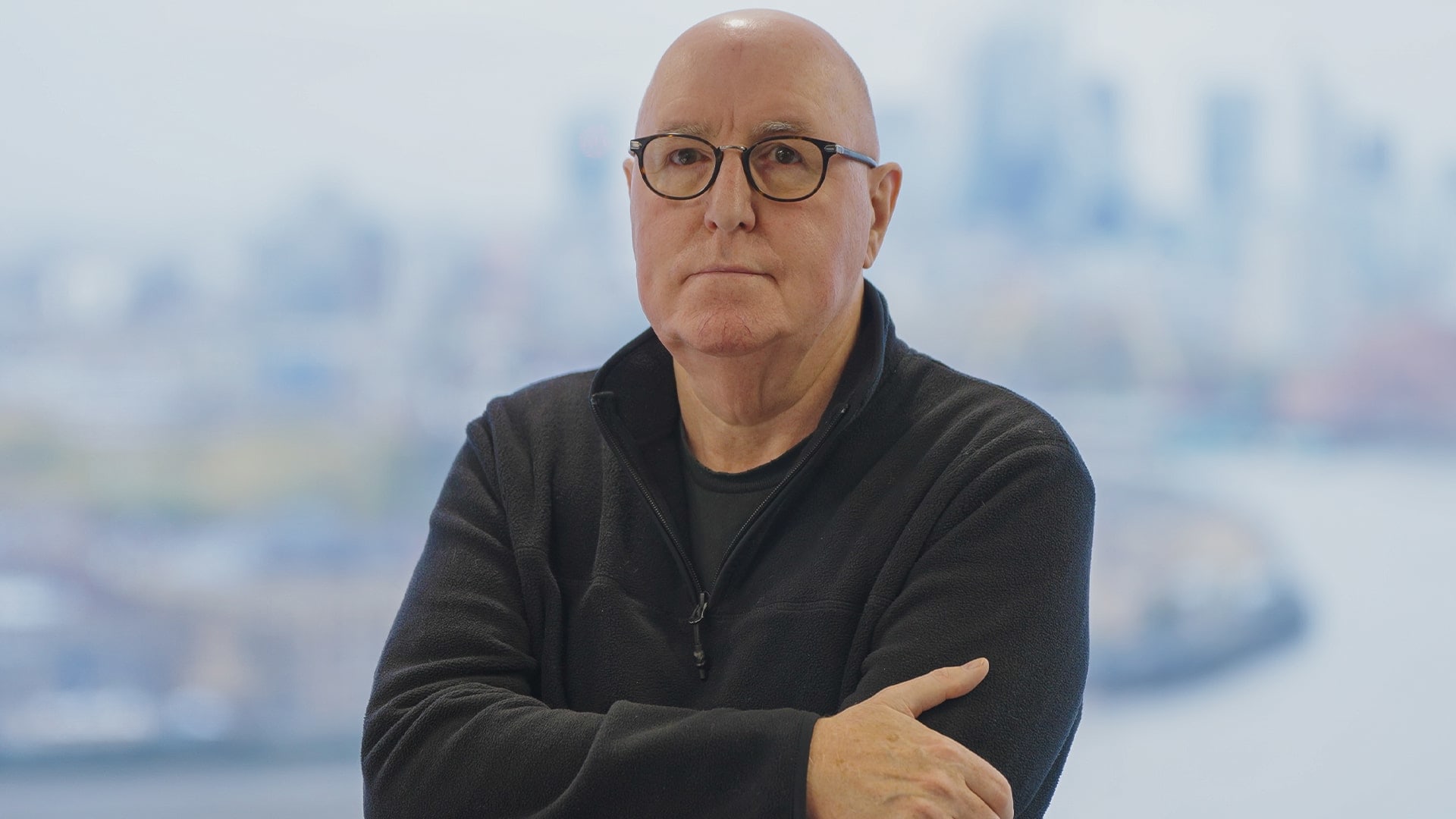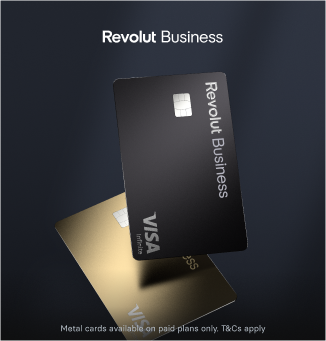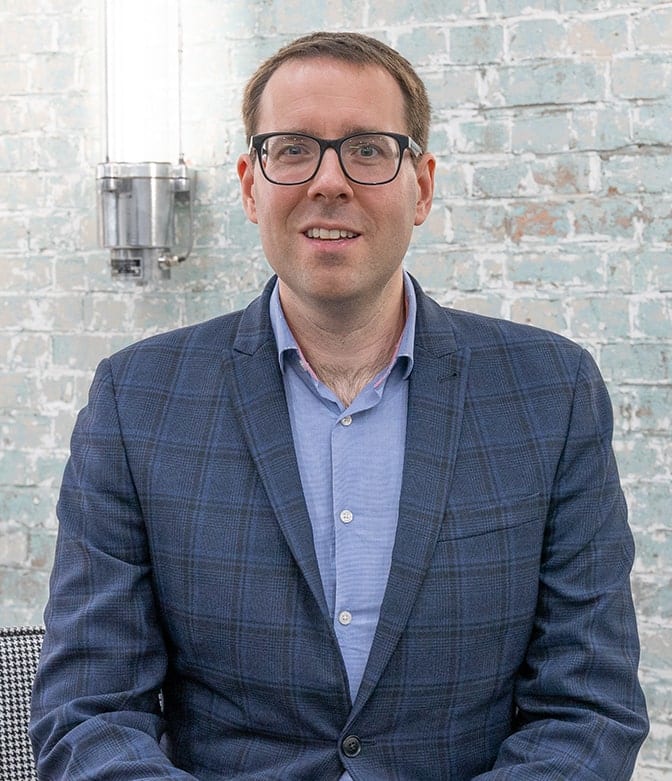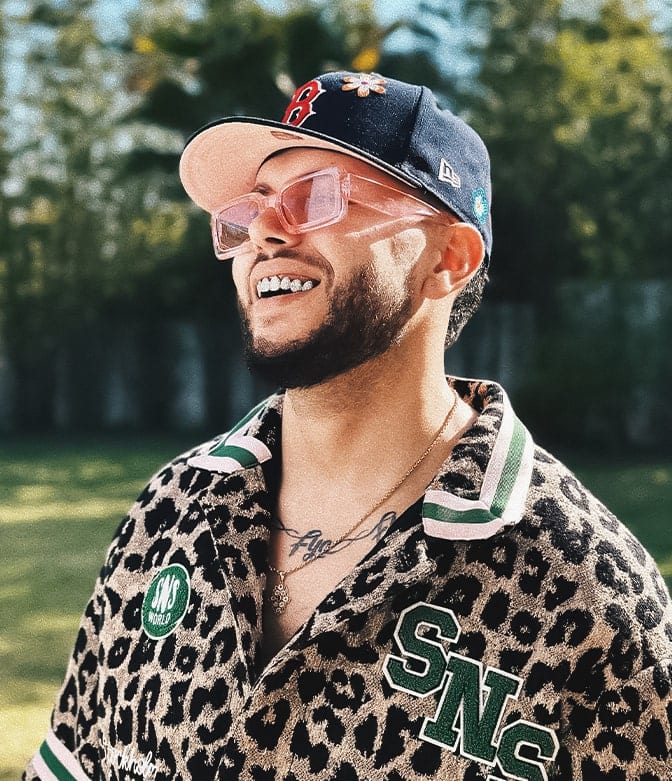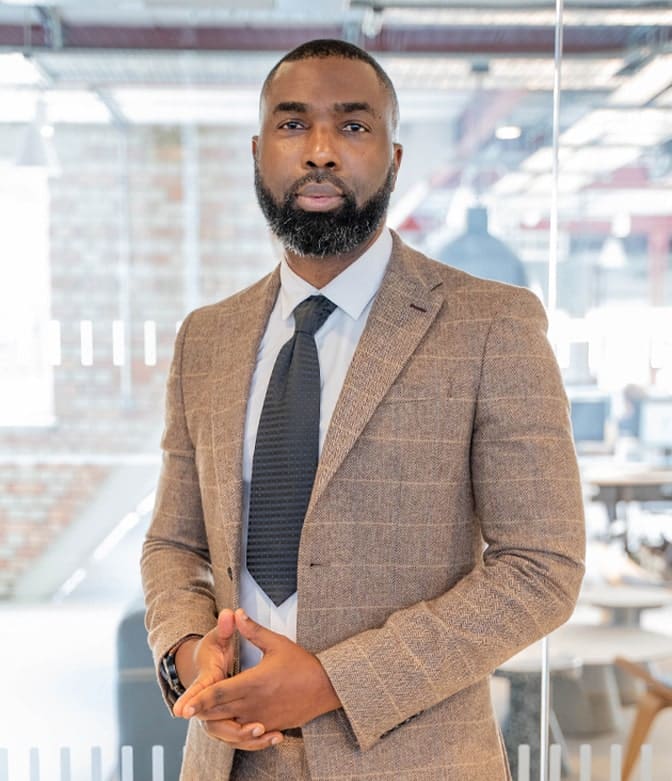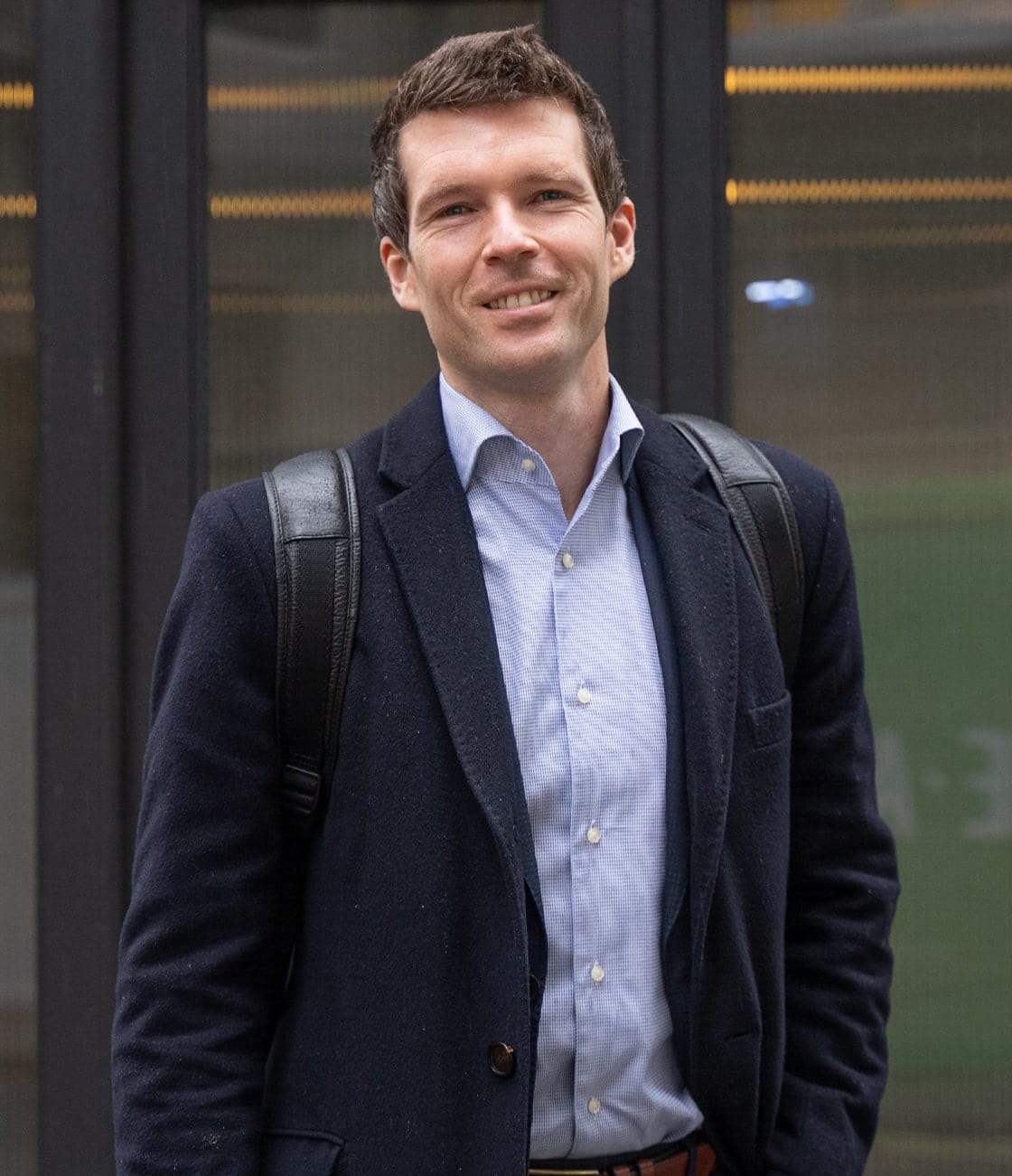Video
Case Study - Medical Realities
In conversation with Stephen Dann
I had quite a varied career. I actually started off in film and television, mainly in post-production. I got into advertising, then into special effects for films. I worked on the early Superman with Christopher Reeve – that was my first foray into special effects. And really I haven’t stopped from there. From film and advertising, technology and special effects, I got into applications and apps for mobile phones.
I started a company called Amplified Robot, to do work for blue chip companies who wanted augmented reality and virtual reality programs. We were at the forefront of the AR revolution in the UK, and we were the first company in the UK to do augmented reality, for The Times, back in 2008. We were very much ahead of the game. But I was always looking for a specific solution that we could provide which could be perfect for virtual reality or augmented reality. That’s when I met Professor Shafi Ahmed, and we started having conversations about how virtual reality could help in medical training, and that’s why we started off Medical Realities. But that’s a whole other story.
Inspiration
I’d always been a bit of an entrepreneur, and I thought I was the only person who would probably employ me for what I wanted to do, so that’s why I started in business first of all. Medical Realities is an immersive training platform specifically for healthcare professionals and medical students. I got the idea in collaboration with a very close friend of mine, Professor Shafi Ahmed, who was Associate Dean of Bart’s Trust, and we started talking about the problems that he had when he was training medical students.
At the time, and even now, it’s still really very difficult to train medical students and healthcare professionals at scale. I had an idea that we could combine what we were doing with virtual reality to help smooth out that process. When Shafi was teaching about surgery, he was only allowed to have two students in the operating theatre at any one time. He had a cohort of 300 students, so that meant that every time they were doing a training operation, only 2 students out of 300 could see the operation and actually participate in it.
So, we had an idea of filming operations in virtual reality, in 360-degree video, so we could then get students to put on VR headsets and see what it was like to be in the operating theatre and see what it was like to be next to Professor Ahmed while he was doing his operation. We filmed our first operation and then got the students to view it and give a critique of what they could see - was it better, were we going in the right direction, etc. And we got a unanimous vote from the students - for the first time, they could get in to see the operation happening, and for the first time they could see and hear everything that was going on.
We figured out we were onto something – we’d gone from training 2 students at a time to training 300 students at a time. So we decided to up the ante and decided to see if we could scale it up on a global scale. In 2016, we did the world’s first 360-degree virtual reality training operation that was available to people around the world, via an App that we created specially for it.
When we did the operation, we had 55,000 students and healthcare professionals from around the world watching it, in 142 different countries and 7,000 cities around the world. We knew we were onto something and that was the start of Medical Realities. We had gone from training 2 people at a time, to 300, to potentially training 55,000 people at a time. And the great thing about it is that the asset that we created can be used over and over again, so in actual fact, nearly 1 million people have seen that original operation since it was done in 2016.
The journey
Medical Realities was born out of one of my other companies, Amplified Robot, and we started doing the first augmented reality and virtual reality projects here in the UK back in 2008. But as things progressed, as virtual reality became more affordable, it was really re-invented in 2012 by a guy called Palmer Luckey, who re-invented virtual reality headsets and they became affordable.
Before he re-invented VR headsets and came up with the Oculus Rift, the headsets were costing $25,000 each. He came up with a headset which cost a relatively cheap $1,000. Eventually his company was bought up by Facebook, now Meta, and he retired a very rich man at 23 years old, with $2.3 billion in his pocket.
The reason we decided we could actually use virtual reality and augmented reality in training and education was the experience I had with Amplified Robot working with various companies. When I had the good fortune to meet Professor Shafi Ahmed, and we got together to see exactly how powerful a training tool immersive technology could be in the healthcare sector, that’s how we started Medical Realities.
The growth curve
We’ve completely pivoted from where we started. When we first started, we thought the best way to do what we were doing was to be a B2C company, where we were actually reaching out directly to medical students and healthcare professionals. But when Covid struck, that paused what we were doing, and that pause gave us a chance to re-evaluate exactly what we were producing and how we were delivering it to people around the world.
That’s when we decided to become a B2B SaaS company, and started targeting institutions, for example: universities, hospitals and medical schools. So we’ve completely pivoted from a B2C company to a B2B company, and that has put a big growth spurt into what we were doing. I have to say we had lots of talent challenges during the pandemic, but in actual fact it has turned out to be a blessing in disguise for us at least.
Challenges
Because we are using technology which is really pushing the forefront of what can be done, we are always wishing that the technology was a little bit further advanced, so we could do even more complex ideas that we wish to put forward.
We’re always waiting for the technology to catch up with our ideas. But, there is also a problem about getting people to adopt totally new techniques in training and education. Immersive technology isn’t going to totally take over training in the healthcare sector, but it’s going to prove to be a very powerful tool in that area.
Highlights
Part of the reason we started Medical Realities was to democratise healthcare training, so that we could provide the standard of training that people receive here in the UK and make it available worldwide, so we’re not only looking to train people in the UK, but train people in America and all around the world.
But we’re also looking to train people in developing countries, because this is where this technology is scalable, can save money, and can also save lives. So, this is one of the primary motives we had for starting Medical Realities – to democratise healthcare training and education.
The future
The great thing about what we’re creating here is that it is infinitely scalable. So, our challenge is to do more and more training modules in more and more different healthcare specialities. Where we started off in surgery, we’re now much broader than that – we’re into mental health and working with paramedics, so that’s the sort of challenge and opportunity we have, because in this country, there’s a great shortage of nurses, doctors, and consultants, and in every country in the world they have the same problem. So, we need a system where we can train up at volume of doctors, nurses and consultants, and immersive technology can help do this.
Advice
If you come up with a good idea, and you have the passion – just do it. I know that’s a ‘Nike’ slogan, but it’s very apposite for what you should be doing. Because there is nothing better than running your own business. There's lots of heartache, there's lots of hard work involved in it. But it’s incredibly satisfying at all levels. So, I’d always urge someone to grasp the nettle and do it.
Using 1st Formations
I formed Medical Realities with 1st Formations because I’d used the company before, and I was really happy with what advice they had given, and how they had helped with the journey of starting a company and letting it progress. I found 1st Formations to be extremely useful, extremely helpful, in all stages of company formation, but also ongoing in running the company as well.
Our company formation process
1st Formations really takes all the hassle out of forming your company. There are lots of things you have to be aware of, and they hold your hand every step of the way, which I found incredibly useful, and still find incredibly useful as we grow the company.
1st Formations today
1st Formations helps my company in so many different ways, and in actual fact we’re finding more things we can use. I think I use an awful lot of services that they provide, whether that is company formation, but also ongoing filing, and in actual fact we use the remote office applications as well, and this has proved to be absolutely fantastic for us as we grow the company, because it means there are no boundaries to what we can do and where we can go with 1st Formations.
